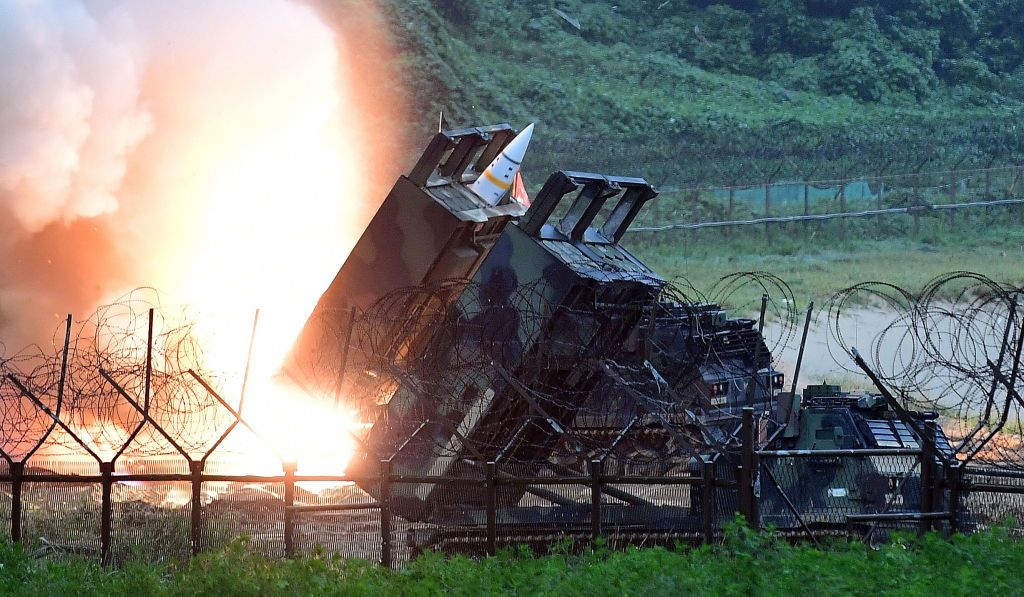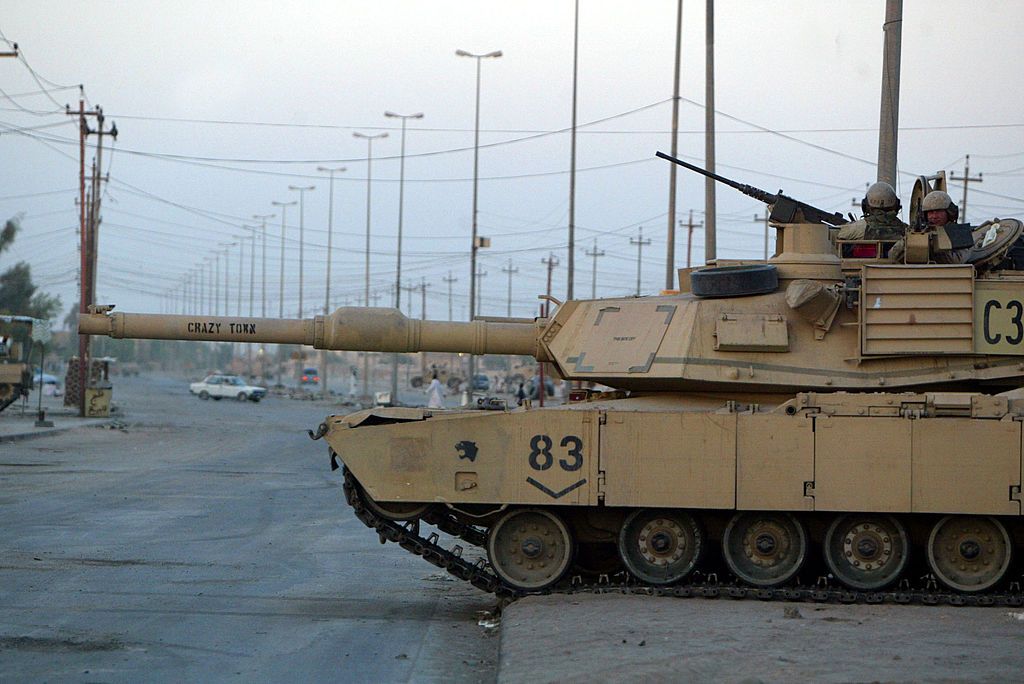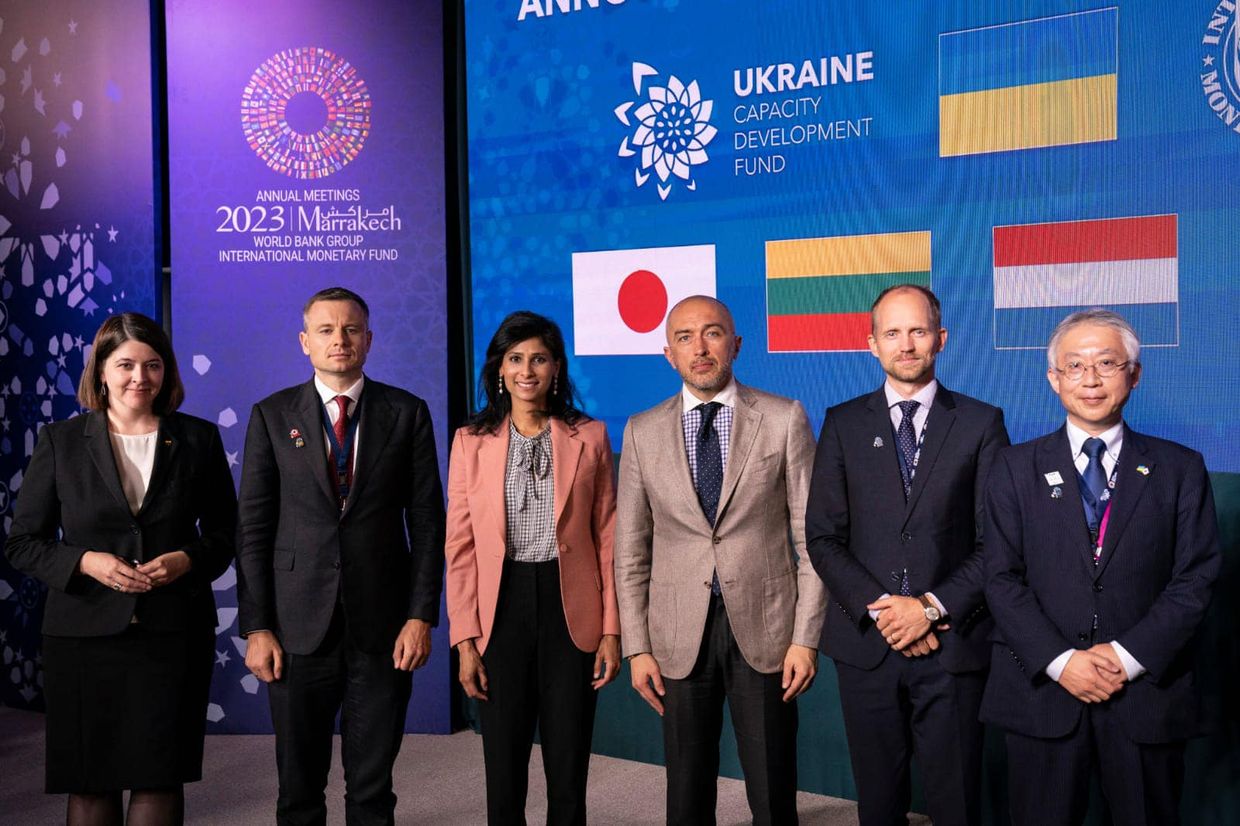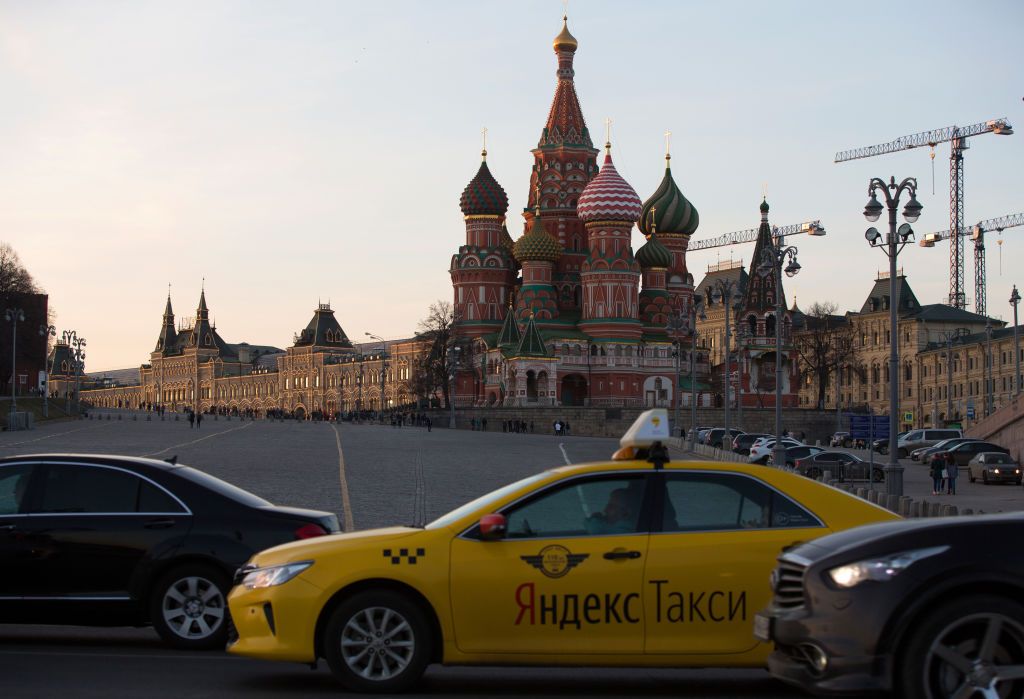Ukraine war latest: Ukraine uses ATACMS for first time to strike airfields in Russian-occupied territory

Key development on Oct. 17:
- Ukraine strikes airfields in Russian-occupied area with ATACMS missiles, destroys 9 Russian helicopters, other equipment, kills Russian troops
- U.S. military reportedly says all 31 Abrams tanks arrived in Ukraine.
- U.S. to provide nearly $700 million for modernization of Ukrainian transport and logistics
- EU Parliament supports $53 billion financing package for Ukraine’s reconstruction
- Putin arrives in China, holds talks with Orban in Beijing
Ukrainian forces launched strikes on military airfields in Russian-occupied territory overnight on Oct. 17, using U.S.-supplied long-range Army Tactical Missile Systems (ATACMS) for the first time.
The targets were located near Berdiansk in Zaporizhzhia Oblast and Luhansk, Ukraine’s Armed Forces reported.
The attack destroyed nine helicopters, an air defense system, and an ammunition warehouse, according to the Special Operations Forces, a branch of Ukraine’s Armed Forces that conducts reconnaissance missions and covert operations behind enemy lines.
Although the missiles were previously unknown to have even been deployed in Ukraine, unnamed U.S. officials confirmed to CNN that the strike was carried out with the ATACMS.
Later in the day, President Volodymyr Zelensky thanked the U.S. for providing the ATACMS, saying they were very accurate and had "proven themselves."

"Today, I am very grateful to the United States. Our agreements with President Biden are being implemented," Zelensky said during his evening address.
According to the Special Operations Forces, the attacks also hit the airfields’ runways and some "special equipment" stored at the premises.
Dozens of Russian personnel were killed and wounded as a result of the operation, Special Operations Forces said. As of 1:20 p.m., the bodies were still being pulled out from the rubble, according to the military.
Ukraine is carrying out offensive operations toward Berdiansk on the southern front. The city has been under occupation since the start of the full-scale invasion in February 2022.
Luhansk, like Donetsk and Crimea, has been occupied by Russia since 2014.
The delivery of Western long-range weapons has allowed Ukrainian forces to strike deep into Russian-occupied territory, including Crimea.
US military reportedly says all 31 Abrams tanks arrived in Ukraine
All of the previously pledged 31 Abrams tanks have already been delivered to Ukraine, the U.S. Army Europe and Africa Command's spokesperson Martin O'Donnell told Voice of America.
According to O'Donnell, the Ukrainian soldiers who trained on Abrams with U.S. troops in Germany have also returned to Ukraine, along with ammunition and spare tank parts.
"We have lived up to our end of the bargain. From this point forward, it is up to (Ukraine) to determine when and where they will deliver this capability," the U.S. military official said, as cited by the Voice of America.
"I think Ukraine will be deliberate in when and where they use it. The Abrams tank is one hell of an armored vehicle, but it's not a silver bullet. Ultimately, it's Ukraine's determination to break through that matters most."

The tanks, which offer greater mobility and firepower than Soviet battle tanks, are expected to support Ukraine's defensive and offensive efforts.
U.S. President Joe Biden announced the decision to send 31 M1 Abrams tanks — a force equivalent to one Ukrainian battalion — to Ukraine in January, just as other Western partners pledged their advanced armor, such as Leopard 2 or Challenger 2 tanks.
On Sept. 25, President Volodymyr Zelensky confirmed that the first U.S.-made Abrams tanks had arrived in Ukraine. He didn't specify how many vehicles had been delivered in the first batch.
New aid for Ukraine’s reconstruction, transport and logistics
The European Parliament has voted to endorse a proposal for financing Ukraine's "recovery, reconstruction, and modernization from 2024" worth 50 billion euros ($52.8 billion), the parliament's press office announced on Oct. 17.
The Ukraine Facility will be part of the EU's long-term budget, which "has been severely depleted following the multiple crises that have occurred since 2021," according to the press office.
The official adoption package will be put to a vote in the coming months, along with the revision of the long-term EU budget.
Later in the day, Infrastructure Minister Oleksandr Kubrakov said that the U.S. will provide Ukraine with almost $700 million in funds to improve and modernize the country's logistics and transport infrastructure.
Kubrakov’s announcement came after talks with Penny Pritzker, the U.S. Special Representative for Economic Recovery in Ukraine, who arrived in Kyiv on Oct. 16.
The funds will be used to improve the conditions of Ukraine's railways, ports, checkpoints, and other transportation infrastructure.
Kubrakov said that he and Pritzker share the same goal — to rebuild Ukraine “better than it was.”
Earlier on Oct. 16, Prime Minister Denys Shmyhal said that the U.S. had allocated $522 million to purchase energy equipment for Ukraine and protect the country’s electricity infrastructure.
"We are on the brink of a challenging winter. Thanks to the support of our partners, we survived the most difficult heating season in our history (last year)," Shmyhal said.
"This winter, we have both financial support and aid for energy (system’s) restoration."
Putin arrives in China, holds talks with Orban
Russian dictator Vladimir Putin on Oct. 17 arrived in China, where he held talks with Hungarian Prime Minister Viktor Orban.
This marks Putin's second trip abroad since the International Criminal Court (ICC) issued a warrant for his arrest over his role in the illegal deportation of Ukrainian children. Putin on Oct. 12 visited Kyrgyzstan to meet with Kyrgyz President Sadyr Japarov.
Chinese President Xi Jinping invited Putin to attend the third Belt and Road Forum, an international forum highlighting China's global economic influence.
During the meeting with Orban, Putin said he was glad that relations with many European countries, including Hungary, "are being preserved and developed."
Orban told Putin in response that his government is interested in continuing economic cooperation with Russia "as long as this is possible," according to the Kremlin.
Following his talks with Putin, Orban wrote on Facebook that “everyone in Europe is concerned with one question: will there be a ceasefire in Ukraine."
"For us Hungarians, the most important thing is that the influx of refugees, the sanctions, and the conflict ends," he wrote.
Orban met with Chinese leader Xi Jinping earlier in the day, while Putin is set to meet Xi on Oct. 18.
Orban is the only leader from the European Union to attend the summit. Despite Hungary being a member of the EU and NATO, Orban's government has maintained ties with both Russia and China.
Within the EU, Budapest has a history of opposing international sanctions against Russia while blocking funding for Ukraine.

















